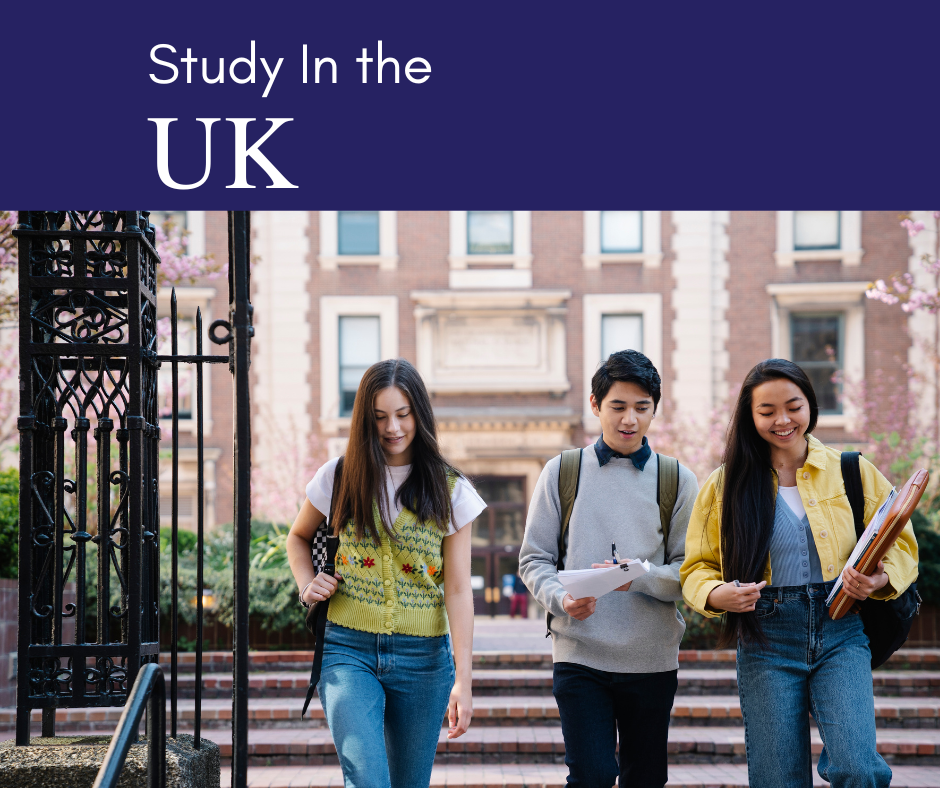
A Forecast Built on Sand - QS’s Global Student Flows Report
Share
An editorial analysis of how commercial forecasting is displacing academic rigour in international education.
The Mirage of Methodology
The QS Global Student Flows: UK report presents itself as an evidence-based forecast. But on closer inspection, the modelling reads more like marketing, built on proprietary black boxes and selective data aggregation rather than verifiable economic modelling.
The report claims its “Monte Carlo simulation” processes 4,000 country-to-country flows with over a million iterations. Yet it provides no parameter disclosure, no weighting transparency, and no validation tests. A simulation with undefined assumptions can produce any result you like. When confidence intervals for India’s growth range from –6% to +12%, the “3.5% annual increase” headline is meaningless. It’s not forecasting. It’s probability masking uncertainty with precision.
More worryingly, the “open-source framework” isn’t open at all. The dataset and model inputs are proprietary to QS and HolonIQ, meaning independent replication is impossible. Genuine research invites scrutiny; commercial analysis hides behind trademarks.
It is Simple Storytelling Without Substance
QS dedicates pages to three “scenarios”: Regulated Regionalism, Hybrid Multiversity, and Talent Race Rebound. They read like corporate vision decks, not strategic models.
Each scenario lacks quantified impacts. There are no enrollment baselines, no sensitivity tables, no financial stress testing. How much does Regulated Regionalism cost universities in lost revenue? How many UK institutions would turn to transnational education under Hybrid Multiversity? We are never told.
Instead, the reader is offered broad narratives — “students begin offshore,” “visa frameworks must evolve,” “industry links will matter.” These are platitudes, not analytics. In effect, QS substitutes storytelling for strategy.
Contradictory Forecast Logic: A Glaring Flaw
The most glaring flaw is the internal inconsistency between the report’s premises and its conclusions.
In one paragraph, QS notes that “restrictions on dependants, rising costs, and visa complexity will temper growth.” A few pages later, it insists that the UK will “lead the big four” (U.S., Canada, Australia, UK) in enrollment growth at 3.5% annually through 2030, even as it models no relaxation in those same restrictions.
A real economic model would connect policy tightening to price elasticity and conversion rates. QS does not. Its forecast growth occurs despite the very constraints it highlights. In simple terms, the report predicts optimism out of pessimism.
Statistical Sleight of Hand: Forecasts Without Accountability
The report’s Figure 3 shows projected compound annual growth rates (CAGR) with massive variance: for India, between +12% and –6%; for Nigeria, between +8% and –10%. That is a 20-point spread. With ranges that wide, any eventual outcome can be declared “within expectations.

By refusing to publish underlying standard errors or model coefficients, QS ensures its forecasts can never be wrong because they were never falsifiable in the first place.
The Commercial Conflict: “Why Partner With QS?”
The most revealing section is not analytical at all: a full-page advertisement titled “Why partner with QS.” It sits between the foreword and executive summary, positioning the report as a sales brochure disguised as research.
This blurs the line between insight and promotion. When the same organisation ranks universities, sells marketing services, and conducts “independent” forecasting using research as a lead-generation funnel, credibility collapses.
Misplaced Confidence in Reputation Metrics
QS repeatedly cites “employer reputation” as the key driver of student choice: convenient, since that’s one of its own ranking pillars. But its own data shows that UK graduates’ employment outcomes remain strong even as “employer reputation rank” falls.
That gap reflects changes in QS’s methodology, not a real-world decline in graduate quality. According to HESA’s Graduate Outcomes survey, 89% of international postgraduates from UK universities are in employment or further study within 15 months, a figure far more stable than QS implies.
In short, QS is grading its own homework, then declaring the score a crisis.
The Missing Variable: Affordability
The report acknowledges “rising cost of living” but treats affordability as a passing remark, not a structural constraint. Yet HESA and ONS data show that international postgraduate students now face average annual costs exceeding £38,000 (tuition + living). For a middle-class student from India or Nigeria, that’s 25–35 times the average per-capita income.
Demand elasticity at those levels cannot be ignored. The affordability barrier is not a side note but the determinant of the UK’s competitive position.
By contrast, Germany, France, and the Netherlands offer low-fee English-taught programmes at under €3,000 per year. Unless the UK addresses cost inflation and housing scarcity, no amount of QS “brand equity” will sustain inbound flows.
Outbound Mobility: Just One-Half Of the Complete Story
While the report devotes over 40 pages to inbound mobility, it allocates only a page and a half to outbound UK students. This asymmetry betrays QS’s business orientation: inbound flows are lucrative to universities and to QS’s recruitment services; outbound exchanges are not.
Yet outbound mobility is vital to soft-power reciprocity and long-term sustainability. A system built only on importing fee-paying students but not exporting its own risks becoming extractive rather than collaborative, a critique long raised by UNESCO and the British Council.
This is Data Recycling, Not Discovery
QS’s citation list looks impressive. 50+ sources from UNESCO, HESA, IIE, OECD, Eurostat. But the underlying data are all publicly available. There is no new dataset, no original survey design beyond its own International Student Survey (which itself is not peer-reviewed).
Essentially, QS aggregates existing public statistics, wraps them in proprietary modelling language (“HolonIQ Monte Carlo engine”), and resells them to the same institutions whose data fed the analysis.
That’s not research. It’s repackaging.
The Real Dynamics Are Ignored
A serious forecast would examine the following:
- Exchange-rate volatility: GBP fluctuations alone can swing affordability by more than 10% per year.
- Housing availability: student housing shortages now exceed 350,000 beds in the UK, pushing rents to more than £900/month outside London.
- Visa compliance risk: under the new Basic Compliance Assessment (BCA), a 5% visa refusal threshold could instantly decertify dozens of universities.
- Domestic demographic contraction: UCAS predicts a decline in UK 18-year-olds by 2032, affecting feeder systems.
None of these are modelled quantitatively in the report.
What a Real Forecast Would Include
A credible mobility forecast would:
- Publish model parameters and elasticities (e.g., visa tightening, conversion rate).
- Incorporate affordability indices (PPP-adjusted tuition + living costs).
- Run sensitivity scenarios for currency, housing, and post-study work policy.
- Quantify revenue and employment implications for each scenario.
- Include outbound flows and talent reciprocity.
QS does none of this. Instead, it offers a colourful 2030 “vision” anchored in unverifiable economics.
What the UK Sector Should Really Be Discussing
If we strip away the marketing gloss, five structural levers define the future of UK international education:

Until these fundamentals are addressed, glossy scenario reports will remain expensive distractions from the hard work of structural reform.
Conclusion: When Market Research Masquerades as Policy Insight
The Global Student Flows report markets itself as foresight. In truth, it’s a commercial artefact: a blend of survey PR, self-referential metrics, and pay-to-play optimism.
It sells reassurance where the sector needs realism. It confuses probabilistic noise for predictive science. And it invites universities to purchase “solutions” to the very uncertainties QS amplifies.
International education doesn’t need more optimism curves. It needs transparent data, independent analytics, and courage to confront the real issues: affordability, regulation, reciprocity, and accountability.
Until then, the “Global Student Flows” report will remain what it is now: forecasts built on sand.
References
- QS Global Student Flows: UK 2025 (pp. 6-56).
- HESA Higher Education Student Statistics 2024.
- ONS Cost of Living Index & Housing Affordability 2025.
- UCAS Future Demographics and Enrolment Report 2025.
- UNESCO Institute for Statistics 2024 Mobility Data.
- British Council Value of Outbound Mobility 2023.










